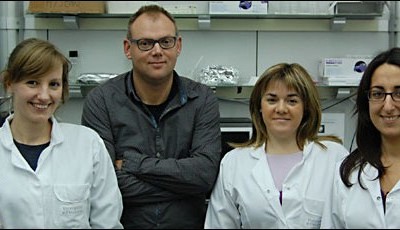A group led by Hendrik Bolink of the Instituto de Ciència Molecular (ICMol) at the University of Valencia together with colleagues at the École Polytechnique Fédérale de Lausanne (EPFL) in Switzerland have announced the development of a new type of solar cell. Today’s Commercial PV cells are based ...
A group led by Hendrik Bolink of the Instituto de Ciència Molecular (ICMol) at the University of Valencia together with colleagues at the École Polytechnique Fédérale de Lausanne (EPFL) in Switzerland have announced the development of a new type of solar cell. Today’s Commercial PV cells are based on crystalline silicon or polycrystalline thin-film cells, mostly using cadmium telluride/cadmium sulphides which are rare and toxic elements. Methylammonium lead halide perovskites were recently identified as a promising alternative material for solar cells, and over the past three years the performance of this technology has been refined to achieve efficiencies as high as 15 percent.
Previous research into the new perovskite solar cells used a mesoscopic metal oxide that needs a high-temperature sintering process. Bolink’s group showed that by sandwiching methylammonium lead iodide perovskite layers between two thin organic charge-transporting layers using room-temperature fabrication processes they can also produce solar cells with high power-conversion efficiencies.
According to the researchers the cells can also be made semitransparent, which would allow them to be integrated into building facades. This would provide both UV protection to the building interior and also allow energy harvesting of the sunlight.



Discussion (0 comments)